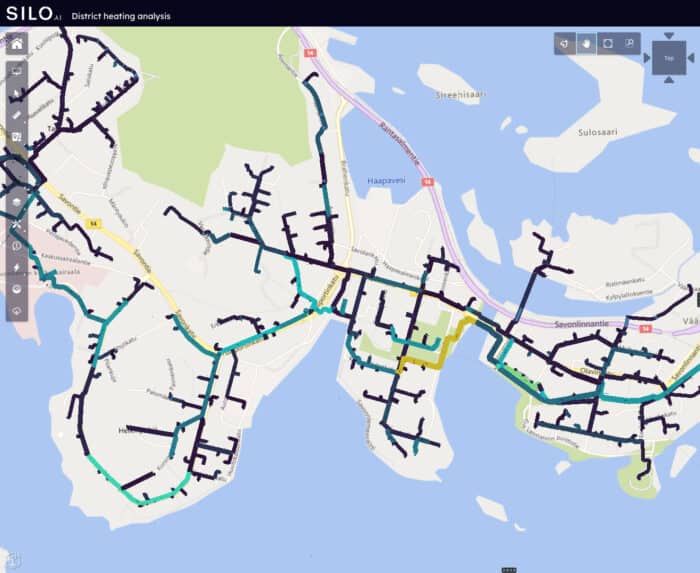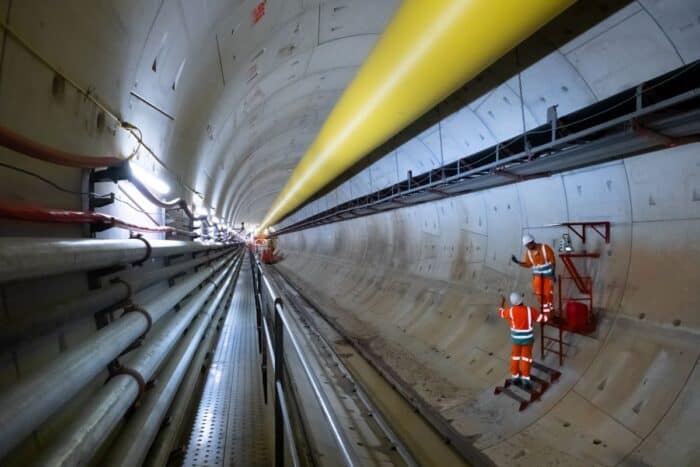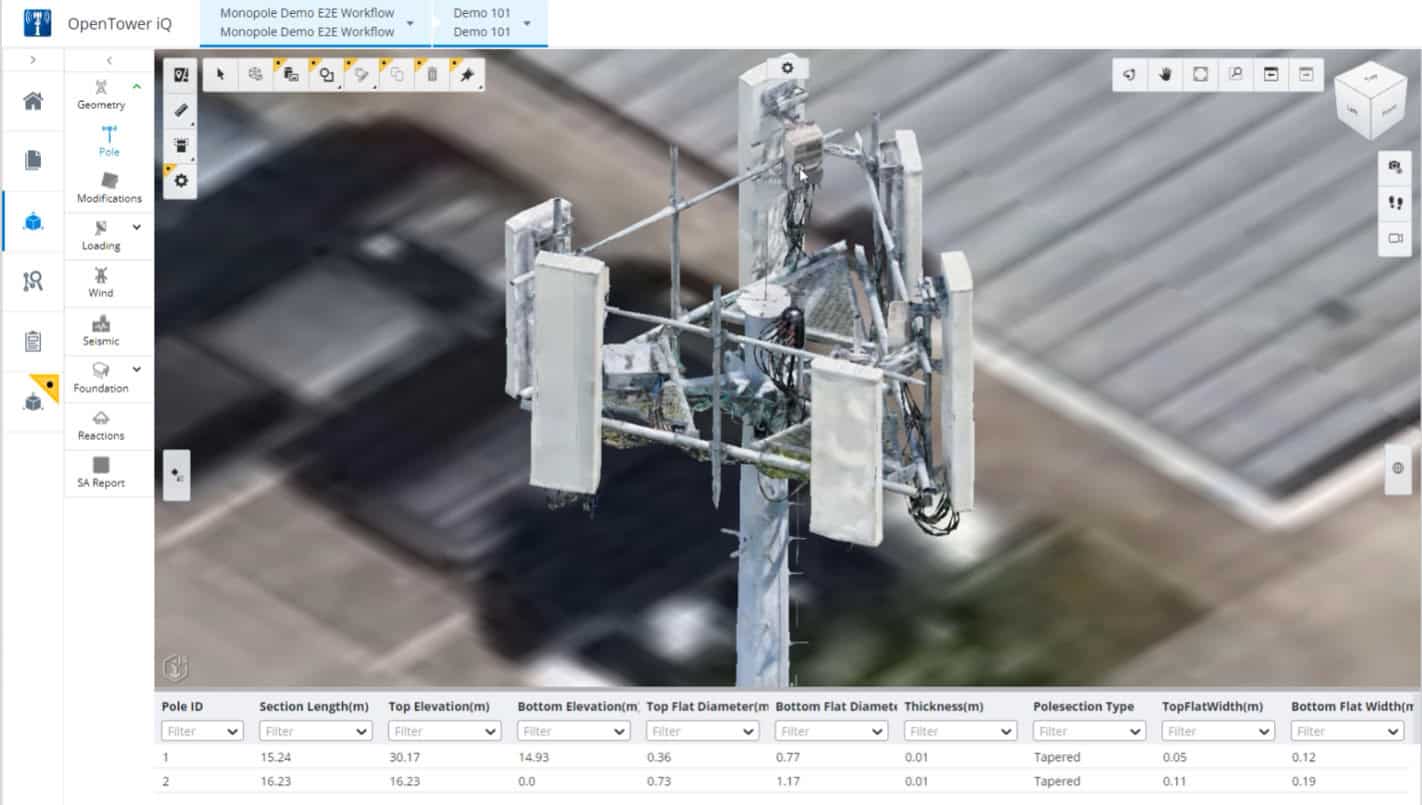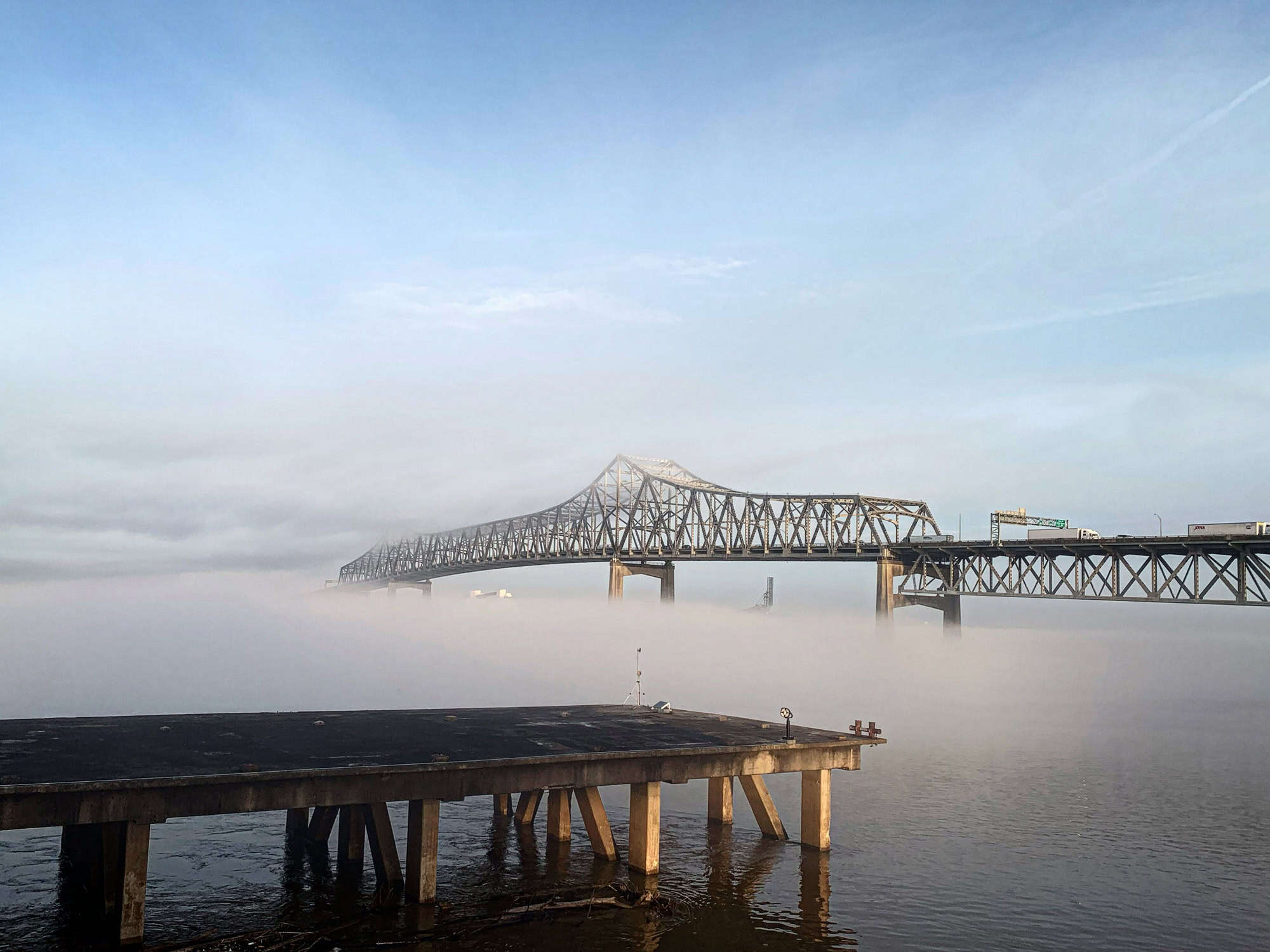Two years ago, low rainfall, early snowmelt, rising temperatures and other factors connected to climate change caused Italy’s worst drought in seven decades. The water level in the Po River, the country’s longest and largest waterway, dropped 2.5 meters (8 feet) below average. The arid conditions exposed the Po’s white, sandy bottom and prevented irrigation in the Po Valley, northern Italy’s breadbasket supplying 40% of the country’s food, including rice, corn, tomatoes and Parmesan cheese.
Unfortunately, the drought was not a freak incident. “Climate model projections for Europe indicate that meteorological droughts, due to lacking precipitation, will become increasingly more frequent and severe, especially in the second part of the 21st century,” researchers studying the event wrote in a paper published in the journal Science.
The severity of the situation isn’t lost on Europe’s leaders. They made water resilience the theme of EU Green Week, a conference taking place this week in Brussels. In May, the European Environment Agency (EEA) also released its first European Climate Risk Assessment (EUCRA) report, as part of the European Union’s strategy on climate change adaptation. The report noted that prolonged droughts cause large economic damage and can severely degrade water resources, and that extreme precipitation and flooding has increased in large parts of Europe. “The trend is expected to rise further in warming climate,” researchers said.
Water scarcity reaches beyond farming and food supply. Towns in the Po Valley, which is situated in one of Italy’s richest regions, had to ration water. To prepare for the future, local leaders knew they had to turn to the latest technology to fix their infrastructure, prevent water leaks and improve water management.
One such solution is infrastructure digital twins, which are virtual representations of roads, power grids, water and sewer systems, buildings and even cities. By incorporating real-time data into the digital models, digital twins offer city leaders and other users a comprehensive and accurate representation of their assets and systems.
Bentley Systems, an infrastructure engineering software company, has been building digital twins that allow users around the world to design, build and operate their water systems, make them more sustainable and resilient, and manage their water resources.
This week in Brussels, Bentley and its water and engineering industry partners Xylem and Danfoss are hosting an event looking at “data-driven innovation” to help the EU implement its water strategy. The session’s goal is to encourage European policymakers to develop an ambitious and comprehensive digitization strategy.
“We must be incredibly efficient and holistic in what we do and how we approach these challenges. The key to this is whole life-cycle water management, known as ‘One Water’ and outlined in the recent call for an EU Blue Deal,” said Thomas Krom, the environment segment director at Seequent, a Bentley company. Krom said the adoption of open, digital standards will promote interoperability and interconnectivity between all vested interests.
Bernardo Matos, senior director for EU government relations at Bentley, stressed that “access to water underpins our future: microchips, manufacturing, energy production, mining and of course agriculture and food processing. The more efficiently we can fulfill everyone’s needs, the stronger and more resilient the EU economy will be internally and externally,” Matos said.
Many users across Europe and elsewhere around the world have already deployed digital twins to build, upgrade and operate their water systems. Here are a few examples:
1. Keeping cozy in Helsinki
Winters in Finland tend to be cold, long and dark. (It’s the tradeoff residents make for the white nights and spectacular midnight sunsets in late spring and early summer.) Even in Helsinki, the capital city, a cold snap can bring temperature down to minus 20 Celsius (minus 4 Fahrenheit).
Most of the country’s cities use district heating systems that transmit heat from a central source through a network of insulated water pipes to apartment buildings and offices. In fact, the country maintains over 16,000 kilometers (10,000 miles) of district heating pipelines and about 3,000 kilometers of water and sewerage lines in Helsinki and the surrounding metropolitan area. Some parts of these networks are aging, and Helsinki needed a better way to manage it.
Helsinki’s Environmental Services Authority, Silo AI, worked with Bentley Systems to build a digital twin of the heating system. It allowed city pipeline operators to prioritize maintenance to areas where leaks are likely to occur. The predictive utility network maintenance system included several data sources, AI models and a visual analytics user interface that utilizes Bentley’s iTwin Platform.
2. Stopping leaks in Greece
Leaks from public water systems plague municipalities around the world. Greece, for example, lost about a quarter of its public water supply to leaks every year, according to a 2017 report from the Organization for Economic Co-operation and Development (OECD). As a result, Greek households consumed more drinking water than any other country in the EU at the time. To improve water and wastewater regulation in the city of Kozani, in northern Greece, local officials worked with DEYAK Water Utility and Bentley to build a water digital twin to map and analyze the water system, which supplies the city’s 60,000 residents. The digital twin enabled the team to quickly identify leaks and fast-track repairs. Improved leak management has cut down on water waste. With 20% less water flowing through the network, Kozani’s residents can enjoy lower utility bills.
3. Around a water tower in Belgium
Many cities rely on water towers that store drinking water for residents. The city of Liège, Belgium, is no different. Its massive Juprelle water tower, built in 1981, could hold 500 cubic meters of water (132,000 gallons). But it was aging, suffering from cracks, and the city needed to fix it. The most conventional way to survey a water tower involved inspections by workers or by manually studying drone photos. But the owner, Société wallonne des eaux (SWDE), wanted to find a more efficient solution.
SWDE worked with Bentley to build a digital 3D model of the water tower and then use AI, such as deep learning, to automate crack detection. SWDE dispatched a drone to capture 3,000 images, used them to create a “reality mesh” of the tower, and then unleashed the AI to find cracks. The scan revealed 1,704 cracks in the tower, nearly a third of which could not be detected by the human eye. The digital replicas helped SWDE determine how to prevent water tower degradation and accurately plan what renovation work was needed – and save money along the way.
4. Updating London’s Victorian-era sewer system
London’s 150-year-old sewer system put an end to the Great Stink that plagued the British capital in the mid-1800s. But today, with London being home to 8 million people, the system needs an upgrade. Costain, VINCI and Bachy Soletanche are working in a joint venture to design, construct and replace the eastern section of the sewer system with a new super sewer called the Thames Tideway Tunnel project. Bentley’s digital twin and other solutions are part of that work, helping the project team visualize the entire construction process. When finished, the new sewer system will mitigate wastewater pollution and significantly improve the water quality of the River Thames over the next 120 years.












